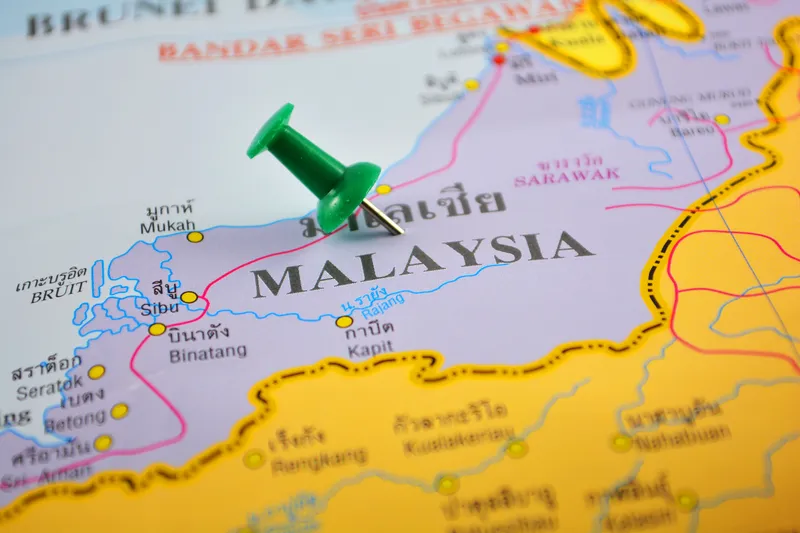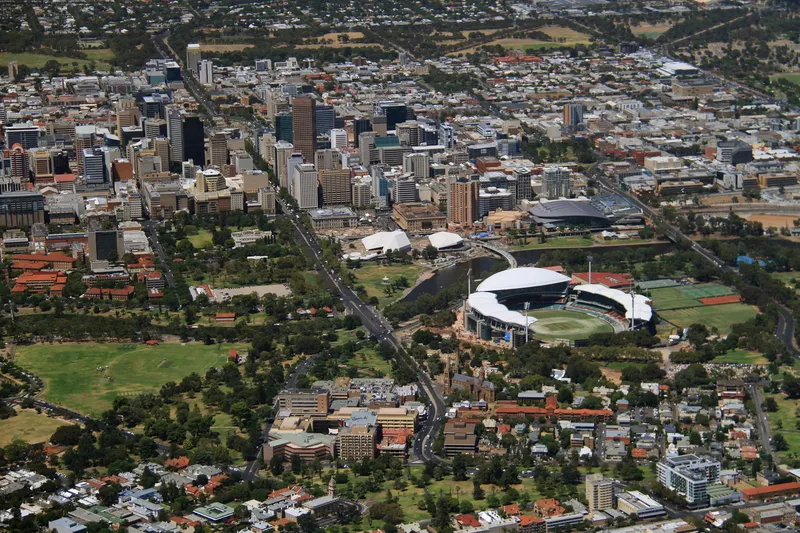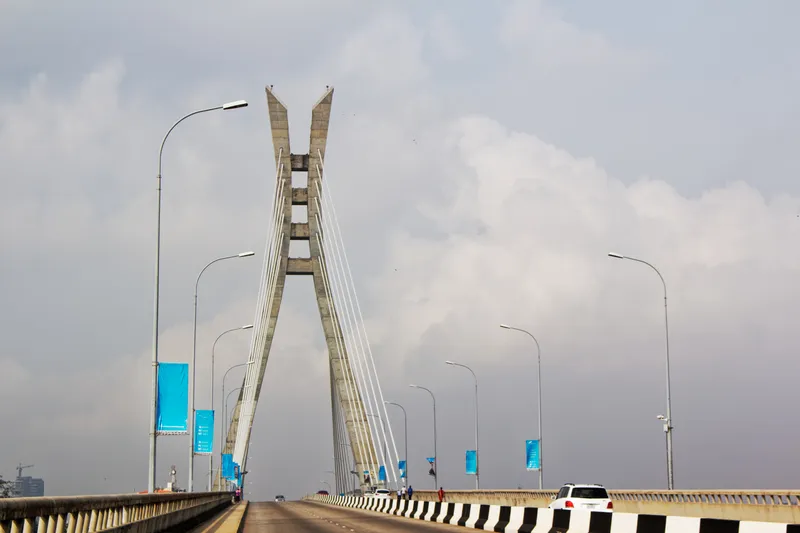Construction work is planned for a key Malaysia highway connection.
By MJ Woof
January 13, 2021
Read time: 1 min

Plans are moving ahead for further work on Malaysia’s important Pan Borneo Highway project. Building work for the Phase Two stretch of the highway is commencing in 2021.
The construction of Phase Two will provide a road link between Miri and Lawas, as well as Limbang and Marudi. So far around 51% of Phase One has been completed, although the original target called for 62% to have been carried out by this stage. Costing close to US$4 billion, Phase One of the Pan Borneo Highway should be complete by late 2022 or early 2023.








